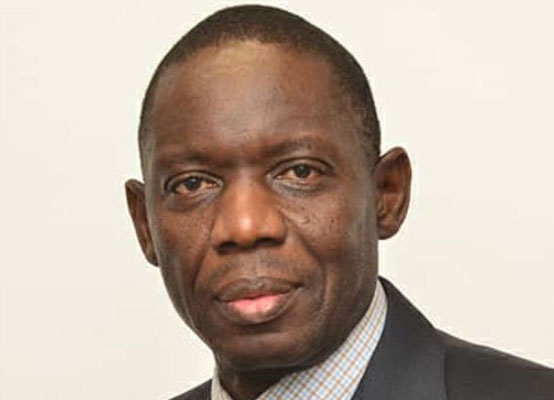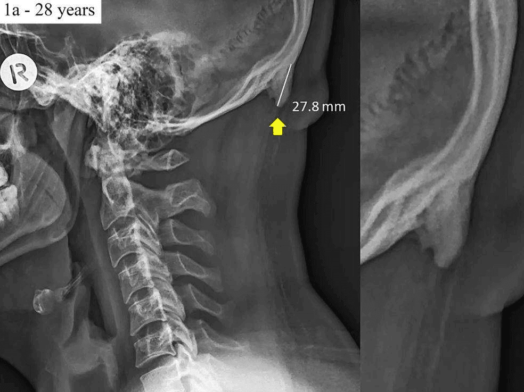Charles Miller called it “The Lunatic Express” in his 1971 book by the same name on the history of the Kenya–Uganda railway, and the term has since entered the public imagination.
The British came up with the plan to build “the iron snake” in the 1890s to take control of Lake Victoria, the source of the Nile River. Miller wrote, “Whatever power dominates Uganda masters the Nile, the master of the Nile rules Egypt, the ruler of Egypt holds the Suez Canal.” Once they had control of the Suez Canal, the British would control trade between Europe and the rest of the world.
The original Kenya–Uganda Railway cost the British government about £5.3 million (about Shs21 billion) to construct, but the economic growth it brought to the region was worth much more than that.
Lunacy was an especially appropriate description for the circumstances surrounding the first half of construction, on the line from Mombasa to Nairobi. The chief engineer, George Whitehouse, had plenty of experience building railroads, but none on the dangers of East Africa. The problems began with the death of half the donkeys bought to carry goods for the workers. Then the Indian government sent them outdated locomotives that were unable to handle the demanding conditions of their new railway. It only got worse from there.
Construction on the 660-mile railway line was launched in 1896 in Mombasa and was completed, after many trials and tribulations, in Kisumu (then known as Port Florence, which was still part of Uganda at the time) on 20 December 1901. Work on the railroad was plagued by drought, diseases and desertions. In Tsavo, about 132 miles out from Mombasa, the camp was terrorized by a pair of man-eating lions that slaughtered 28 workers before being hunted down and killed.
In 1899 the railhead finally reached Nairobi, which at the time was no more than a swamp. The railway depot acted as a seed for the city that grew around it, eventually becoming the vibrant metropolis we know today.
The British imported about 7,500 skilled laborers from India and retained the services of about 20,000 unskilled laborers, made up of Indians and East Africans. By the end of construction 6,500 Indians were wounded or crippled and 2,500 had died, mainly from disease. (The number of Africans who were wounded or died was not recorded.) Many of the remaining Indian workers stayed on to form significant Indian minority communities in Kenya and Uganda.
The railway did much to build the economy in the region, facilitating opportunities for trade and export. It allowed Uganda to trade with the outside world, since the journey could be made in days rather than months and with much less risk to life and limb. Trade was no longer restricted to high-value items such as ivory. Cotton became a valuable trade good as well.
The British government encouraged white plantation owners in Kenya to grown cash crops, such as coffee and tea, since they could now be easily transported out of East Africa for processing and sale in Europe. The rise of the rich white landowning class was to have many repercussions on the development of Kenya.
The Kenya–Uganda Railway was also instrumental in decreasing slavery in East Africa, since it was cheaper and faster to transport cargo on a train rather than a slave porter’s shoulders.
After WWI the railway was extended to Kampala. Extensions were built from Tororo to Soroti in 1929, Kampala to Kasese in 1956 and Arua in 1964. The original Kenya–Uganda Railway cost the British government about £5.3 million (about Shs21 billion) to construct, but the economic growth it brought to the region was worth much more than that.
Read more about the Lunatic Express and view the fascinating images in Chao’s photo essay The Lunatic Express – A Photo Essay on the Uganda Railway” on TheeAgora.com. Other interesting articles on the Kenya–Uganda Railway can be found at Ekitibwa Kya Buganda, The Construction of the Lunatic Express” and History of Uganda Railway” on The Daily Monitor, Construction of the Kenya-Uganda Railway” at the Enzi Museum and The Kenya-Uganda Railway: How the Railroad Shaped Kenya” on MaCleKi.org. “Kenya and Uganda Railways Jinja Bridge contruction, “A.J. Craddock’s personal collection of (EAR & H) publicity photos given to him during a visit to the Nairobi Head Quarters in 1954,“East African Railways & Harbours (EAR & H ) staff magazines and Spear June 1952 to December 1969, “Nostalgia East Africa















